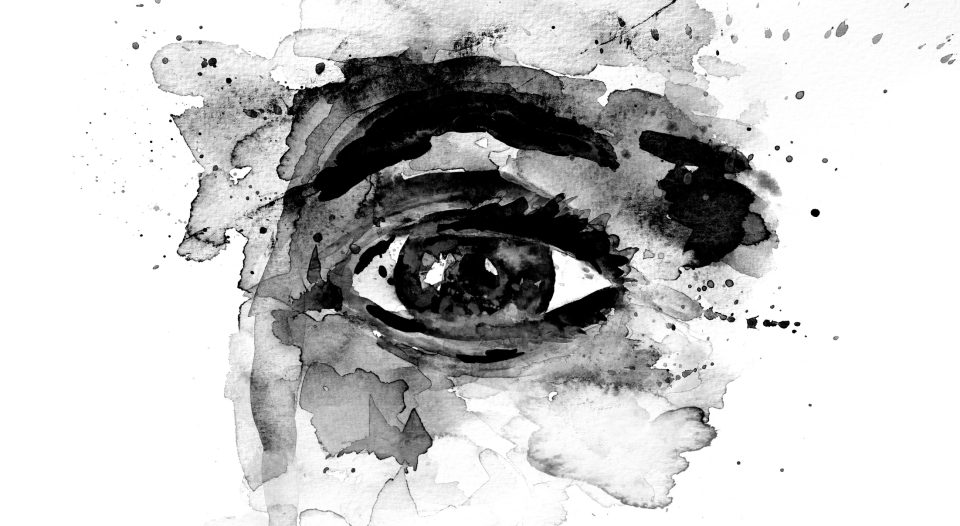Lectionary for March 19, 2023
Fourth Sunday in Lent
1 Samuel 16:1-13; Psalm 23;
Ephesians 5:8-14; John 9:1-41
When my eldest complained about his eyesight, we took him to the optometrist. On the way, he told us that he could see fine but wanted to wear cool glasses like his friends. My partner laughed, saying she had done the same thing to her parents when she was a child. I, on the other hand, wore glasses as a kid and do so now while working at a computer screen. I hated wearing glasses and eventually just stopped, even though my eyesight suffers. My kid, partner and I all go to great lengths to see—and be seen—as we want to see and be seen. This week’s lectionary texts are about God helping people to see, and be seen, rightly.
The story of David’s anointing as messiah/king involves just about everyone seeing poorly. At first Samuel sees Saul as a victim to mourn over. But he soon realizes that Saul won’t hesitate to kill him over jealousy of a new king. The people of Bethlehem see Samuel as a threat and regard him with fear until they see that he brings a sacrificial meal (and oil for anointing one of their own as king). When Samuel and Jesse, along with his sons, see Eliav, they picture him as the obvious choice for a new king. Apparently, he’s quite tall, which seems to be the standard that was mostly used to elevate Saul (1 Samuel 9:2). Yet God passes over Eliav, Abinadav and Shammah. It seems Samuel was seeing physical stature as more important than the heart.
Finally, the youngest son, who wasn’t even considered for kingship initially, is brought in from guarding the sheep (a job usually reserved for girls or youngest sons). David is a reddish (or had red hair), beautiful and pretty-eyed boy (1 Samuel 16:12)—a far cry from the tall, rugged warrior physique that seems to be the preference for kings. But Samuel came to see rightly that God isn’t interested in the outward appearance of humans but what is in our hearts.
Some of Jesus’ interlocutors (not all, or necessarily even most) fell into the same trap that many of us do of not seeing rightly.
Centuries later, the Gospel of John gives an extended meditation on seeing—and not seeing. Jesus reintroduces himself as the light of the world. For those with him, Jesus explains, it is a bright day where they can see to work. But without his presence, it will be a dark night and work will be impossible. The Gospel frequently returns to this light/dark imagery to discuss the presence of, and relationship with, Jesus. Chapter 9 tells the relatively brief story of the healing of a man born blind and then presents an extended narrative of how people encounter him once he can see.
Before the miracle even occurred, Jesus’ disciples want to know what had caused the man’s blindness. Repudiating that physical disability was a curse for someone’s sin, Jesus insists that the man’s blindness will be an occasion for God’s works to be displayed in the man. Importantly, Jesus did not say that the man’s blindness will be an occasion for Jesus to perform a miracle. Instead, it will allow God’s work to be displayed in him (John 9:3). It is within the man’s life and actions that we see God’s works, in addition to the life and actions of Jesus.
Jesus then heals the man by spitting on the ground, making mud and rubbing it on the man’s eyes. After washing his eyes in the pool of Siloam as instructed, the man returns to the spot where Jesus had encountered him, seeing for the first time in his life. Jesus seems to have intentionally given sight to the man by means of “kneading” (Hebrew: losh) solid particles together with liquid, one of the 39 categories of activities that would eventually be codified in the Talmud (BT Shabbat 70a, 49b) as prohibited on the Sabbath. It seems that Jesus is trying to provoke a reaction from the many who would witness the man who was born blind and his healing.
Next, the man’s neighbors are mystified as to how the blind man they saw every day could have sight. Then the Pharisees seek to understand this miracle. Before Pharisee-bashing begins, we must note that they weren’t a monolithic group, and even John’s Gospel (which has been a favorite set of proof texts for anti-Semites) records that they argued over how to interpret this miracle. Some backed Jesus, some didn’t and there was general disagreement (15-16). It should be said that mainstream Judaism today follows the general consensus of the Pharisees, and then later the Tannaim and Amoraim, who argued that violating prohibitions on the Sabbath is always permissible to save/preserve life, interpreted broadly. We must see the Pharisees rightly.
Some of Jesus’ interlocutors (not all, or necessarily even most) fell into the same trap that many of us do of not seeing rightly. God has worked a miracle of deliverance in someone’s life. But we have interpreted Scripture in such a way that that work of deliverance seems like it might have involved some sin in order to accomplish healing. This is not seeing God or humans rightly.
Jesus provokes the conversation with the formerly blind man’s neighbors, parents and religious teachers in order to insist that when God delivers someone, changes their body, makes someone new—and provides redemption/salvation/rebirth—it is never a sin. The transformation of the man born blind helps many of his neighbors finally see what God was doing. We need to be extremely careful, lest we call God’s healing sinful. When someone has been transformed by God, we must see that as a miracle! The good news: The biblical interpreter or religious professional has not been made yet who can stand in the way when God wants to heal someone.





